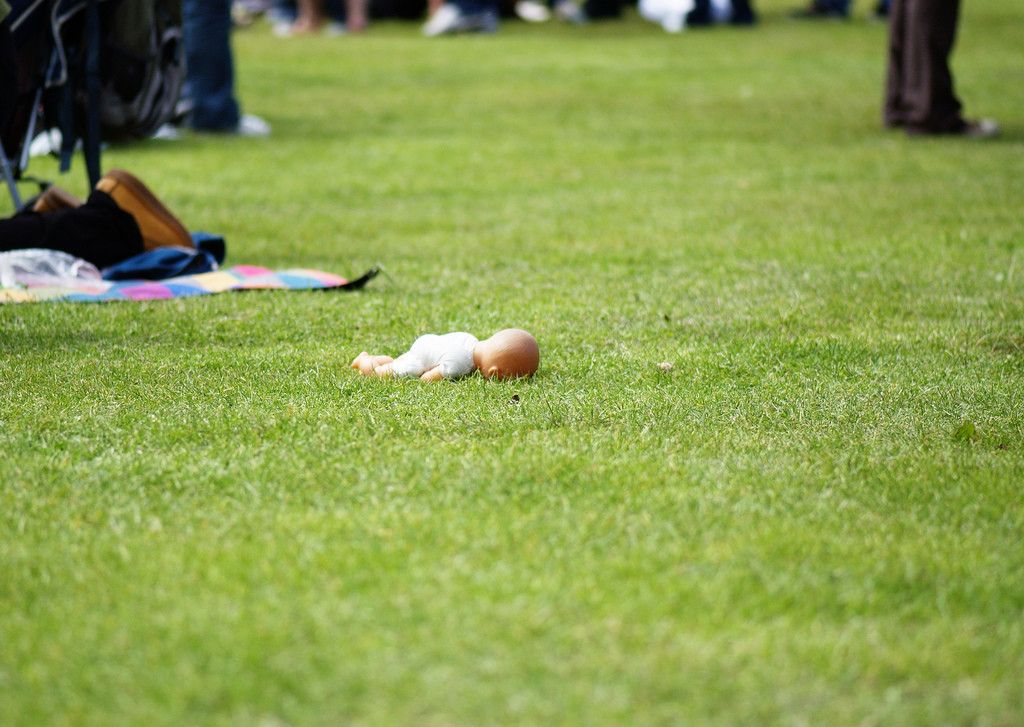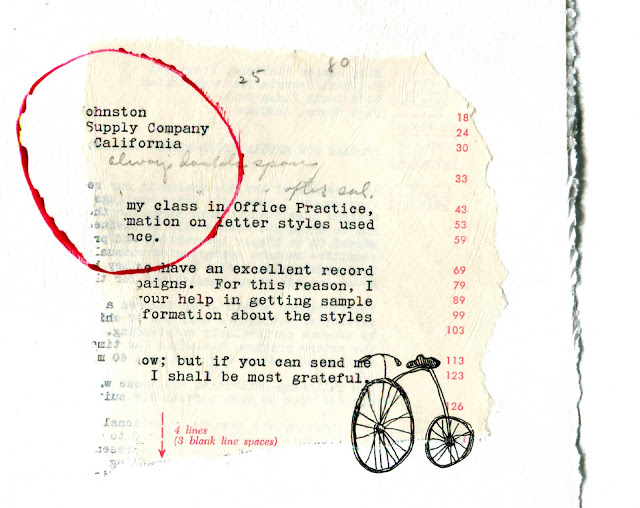
By Kristin Kovacic
On my sixth day in England, a Tuesday, I catch the first appearance of the sun. It’s a warmish day for January, about forty-five degrees (the temperature, I will learn over the course of a semester in Sheffield, of roughly every English day). House-bound in one of the million tiny duplexes clinging to the wet city’s hillsides like barnacles, I suit up for a ramble in mud boots, impermeable layers (the sun makes no promises here), and my wonderful new backpack, which I bought my college son for Christmas and he, horrified, rejected (as though I’d attempted to pick out his underwear).
The subtly stylish pack is one of the nicest things I’ve ever owned, a really useful object, as they used to say about obedient British trains on the “Thomas the Tank Engine” television show he adored as a child. My pack has pockets on the side where I can stash my smartphone (another really useful object) and gloves and tissues and umbrella, yet still reach them when I’ve got the bag fully on. It has a front pocket that snaps, with a carabiner inside for my new house key, which I am afraid of losing. It has another front pocket that snaps, for other fears. It has thick straps and is strategically padded on the backside, so that it feels cozy, like a hug, even when full, especially when full. It is cavernous inside, with an open top that rolls neatly down if you don’t need so much space, or blossoms up so that a bouquet or baguette can poke through. I can put a whole day’s shopping inside, including wine and bananas. It has a secret zippered panel for my laptop. It is waterproof, though the outside fabric is a soft, slate gray, like a business suit, and the inside fabric is seersucker. Its elegance was apparent to me when I ordered it from a catalogue, but its usefulness continues to dawn on me, as I find it is perfectly suited to every day’s needs—reading and writing, airplane and bus and train journeys, walking by myself in a new city.
With my backpack, I feel alone and armored, invisible and capable. With my phone’s GPS, I can locate exactly where I am—a glowing blue dot on the magical map, like Harry Potter’s Marauder’s Map, alive with my movements. I don’t need the phone for long, as I soon find the route through the park I am seeking, Endcliffe (what could possibly go wrong?), and I am drawn down its paths, along a powerful stream punctuated with waterfalls and reservoirs and duck ponds, drawn by the force of water and desire, along with everyone else out and profiting from the mercurial sun: dogs of every size untethered (some charging into the water, harassing the ducks), children under school age in whimsical caps and ballooning coats, afoot with their grandparents, and babies bundled up in tank-like prams (the parents no doubt in thrall to their usefulness). The river takes me down to the Endcliffe Cafe, a simple timbered shack with tables inside and out, where one must clearly stop, for tea or ice cream, or hot soup, or beans and toast, or a chip butty, whatever that is (I am afraid to ask, still shy to broadcast English words, like “bespoke” and “butty,” from my drawling American mouth).
I’ve been walking for an hour, so I can have lunch, but I don’t want to get full and slow down; I have errands to run, a backpack’s worth of necessary things to buy. And so I order tea, and when I retrieve from my pack (snap pocket) a five-pound note to pay, the long-haired girl at the till takes it curiously, turns it over and over, and says she’s never seen one like it.
“It must be very old,” she says, and the other cashiers come around and marvel at it, like children who’ve found a toad on the path.
“I’ve just arrived in England,” I explain. “Will it work?”
They all look to a pimpled boy, presumably the manager. “I’m afraid not,” he says cheerfully. “You can try taking it to the bank.”
I go back into my pack for a crisp twenty-pound bill. “How about this one?”
And they all laugh and chime, “Brilliant!” For change, the girl gives me three more five-pound notes, which look a great deal like the old one, the inscrutable Queen not having aged a bit.
“The colors are different,” she says, but I can scarcely tell.
The old fiver must be left over from the last time we were in England, when my husband and I cycled around the British Isles in 1991, before we had kids. He didn’t tell me, when he was loading my wallet, where the pounds had come from. One of his useful habits is keeping things, like spare change, and knowing, years later, where to locate them. It occurs to me that I’ve just tried to pay for my tea with currency from before these cashiers were born, which is funny (funnier than if I’d asked about chip butties), but it also makes me feel like a time traveler, which, I suppose, I am.
I have traveled out of my normal work life in Pittsburgh and into a sabbatical year abroad. I often forget what day it is, what time (England has its own time zone, separate from the rest of Europe, and sets its clocks backwards in a daylight savings scheme called, unironically, British Summer Time, shortening winter days to roughly six hours of gloom). Useless, too, my calendars; I haven’t marked one in weeks.
I take my tea to a table outside and watch the parade of souls at leisure—granddads, toddlers, new mums, some students, me, every variety of shepherd. Off-leash, the dogs are hyper-alert, not barking, noses in deep divination. The toddlers squat purposefully over feathers, pebbles, twigs. Buggies corralled, the mothers gossip, and the students smoke languorously on the grass between fits of happy talk. The reluctant sun blesses us all. A massive green playing field stretches beyond the cafe, but no one is on it, save for a small terrier, comically chasing a ball into the void.
The field, and the brilliant sky above it, create a stunned hush, like the earth’s silence from space. I remember last night’s long restlessness, my jet-lagged body in a galactic battle with British Summer Time. I remember the scattered obligations I am avoiding (a book review, the proofreading for my sister, my writing, my writing, my writing), and my mind flits from thing to do, to thing to buy, to thing to write. Sipping my tea, warm and milk-gray, I notice how shockingly good I am at doing precisely none of it. Though I am clearly wasting my time, I feel it’s somehow useful to be here. I take off my pack and place it on its own plastic chair, where I admire, again, its handsomeness. I take my first deep inhale of open English air—dewy and sweet, laced with wafts of grease (everyone else is having the butty). Witnessing the day suddenly feels like my purest and most important obligation.
Of course, this feeling comes because I am alone. My husband’s at work, teaching at the nearby university. He would rush me along, his natural pace easily doubling mine. He’s good at accomplishing things, prefers to cycle than to stroll. Together, we would create a bland and audible reading of the landscape (look, a duck) and briskly carry on. But mostly, I am remembering my kids, their dazzling childhood beauty, and I can vividly picture each of them waddling along these paths, cheeks glowing under snug hats, those years of days I was alone with them.
I have often regretted that time, an era during which I accomplished ostensibly nothing. I was a mother at home for five years, a slice out of my timeline, a bright space on my resume. It was the last time in my life, in fact, that every day sprawled out before me like this, offering its circadian pleasures: walks, talks, snacks, songs, stories, sleep. Here, at the end of the cliff, I remind myself that we harvested each day of that bounty we could, profited, dropped everything for glorious weather, ran in open fields. That’s why I am so good at this. I could have been, should have been, doing other, more useful things, too, my grasping mind told me even then—furthering my career, renovating a house, mastering Pilates—but now I see my lazy mind was right. It was there, their beauty, those long days we played down. Winter mornings, when the sun occasionally streamed through the stained glass windows of our dim old house in Pittsburgh, the kids and I used to catch it in baskets, and then pretend to eat. Strawberry, blueberry, kiwi—we devoured the sun, tasted every flavor. That’s how you save daylight. And then they were gone, gone. Those radiant days with my children will never come back, but I had them. I had them good.
The tea is entirely satisfying, and I understand why here it is considered a meal in itself, accompanied by a biscuit or nothing at all. It, too, has done its job, which is to arrest time, halt my anxious American galloping. I strap on my marvelous backpack, still light, still full of its astonishing capacity. It will carry me the rest of the day.
•••
KRISTIN KOVACIC has returned to Pittsburgh, where she teaches writing in the MFA program of Carlow University and at the Pittsburgh High School for the Creative and Performing Arts. She edited Birth: A Literary Companion (University of Iowa Press), and her chapbook of poetry, House of Women, was recently released in the New Women’s Voices series of Finishing Line Press.

 Follow
Follow
